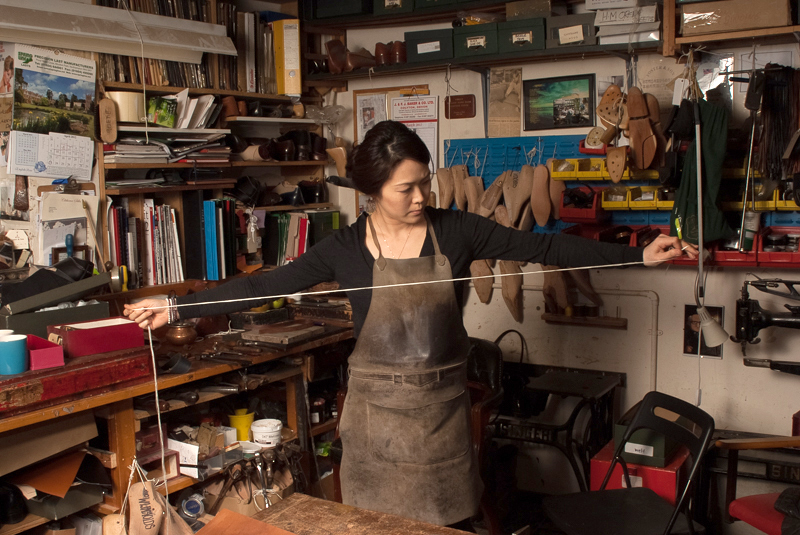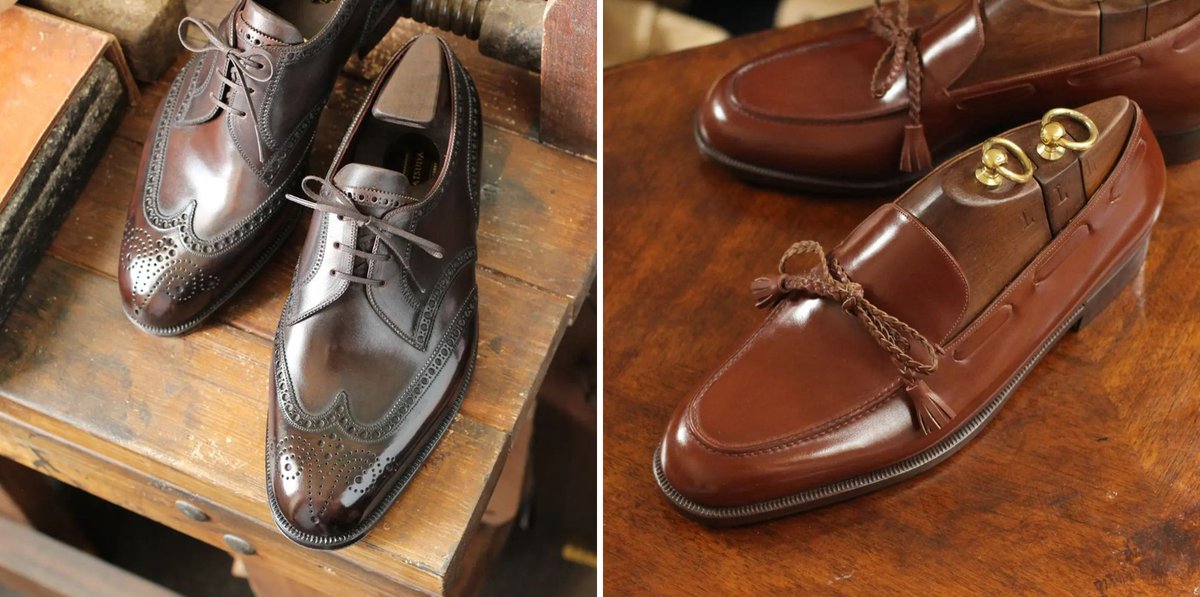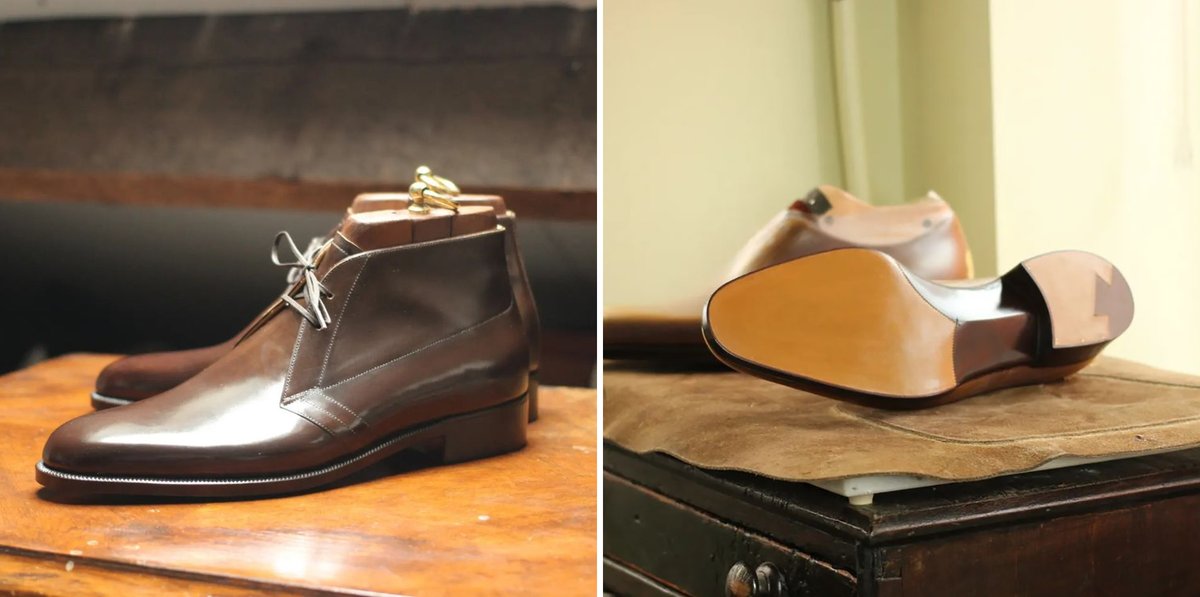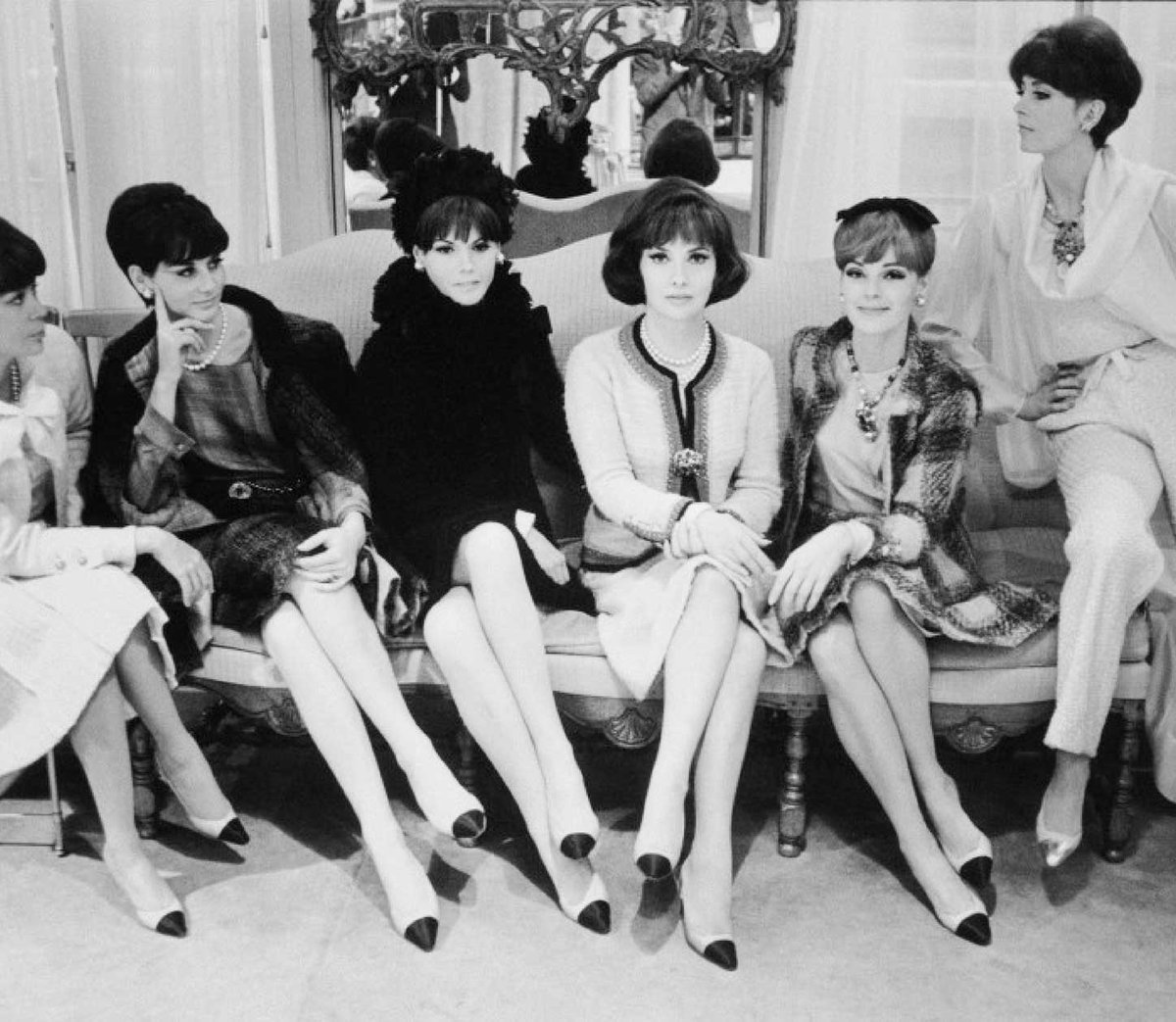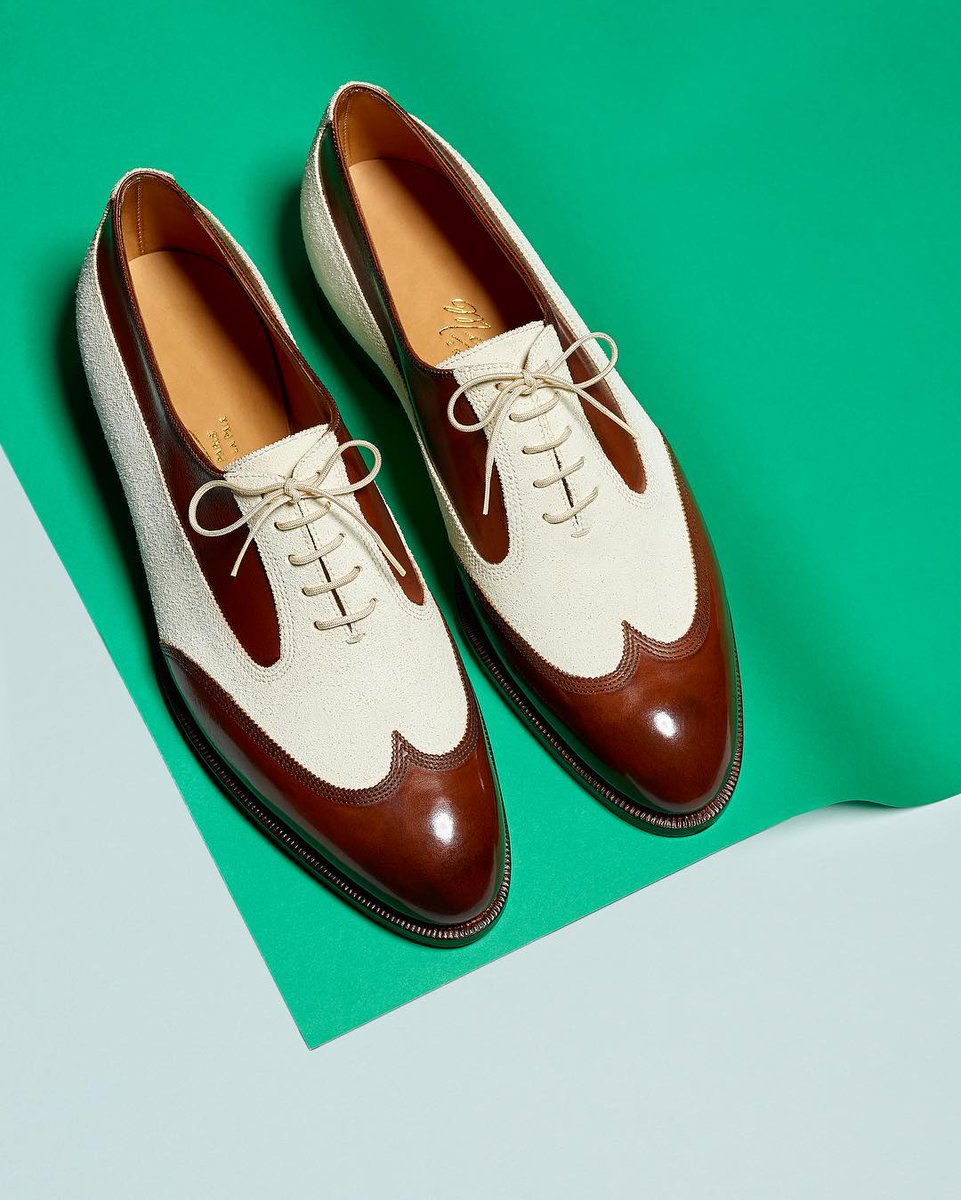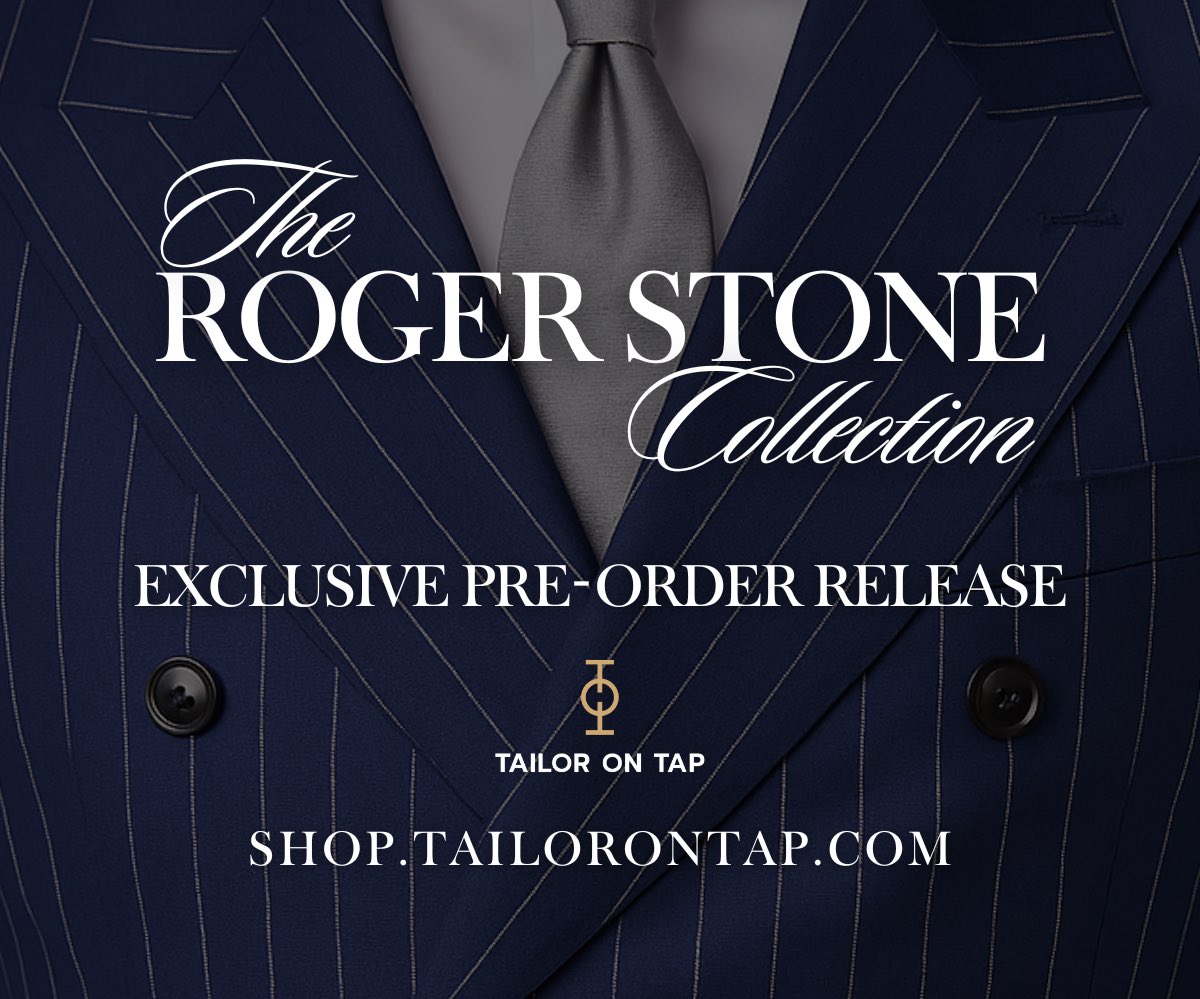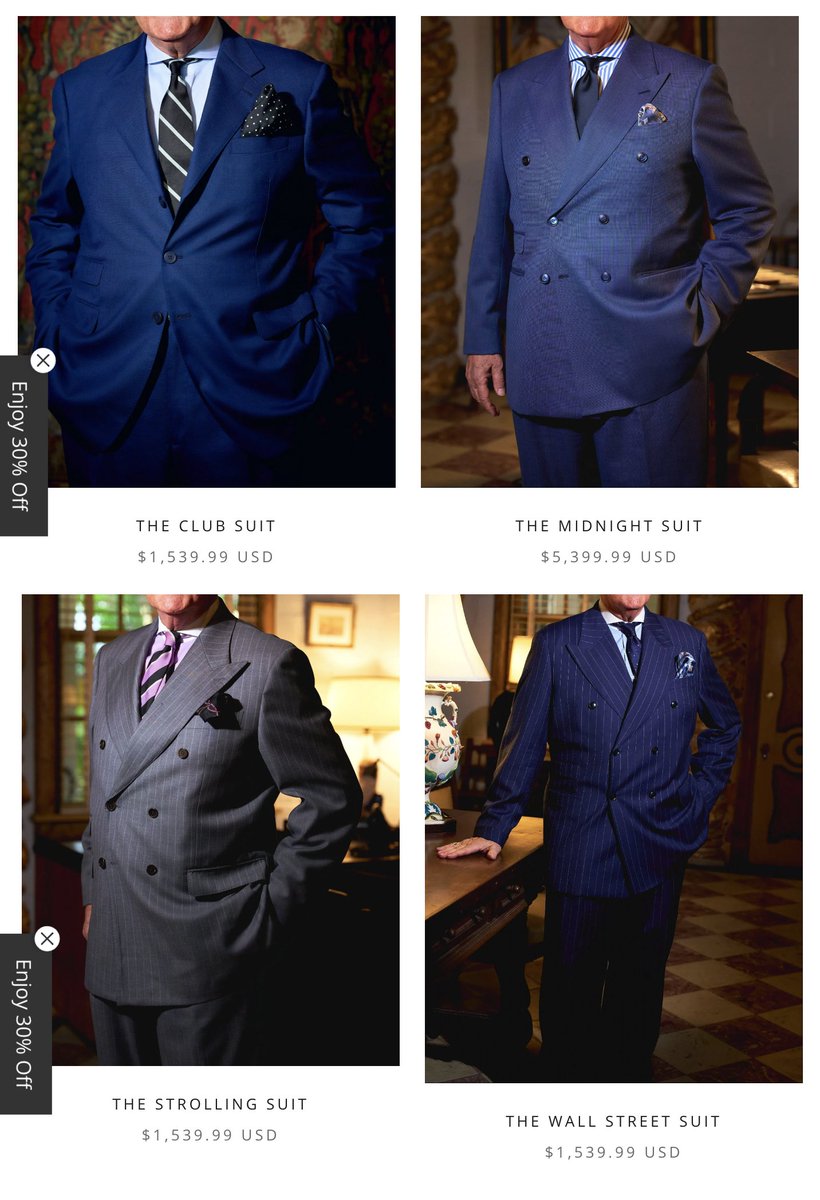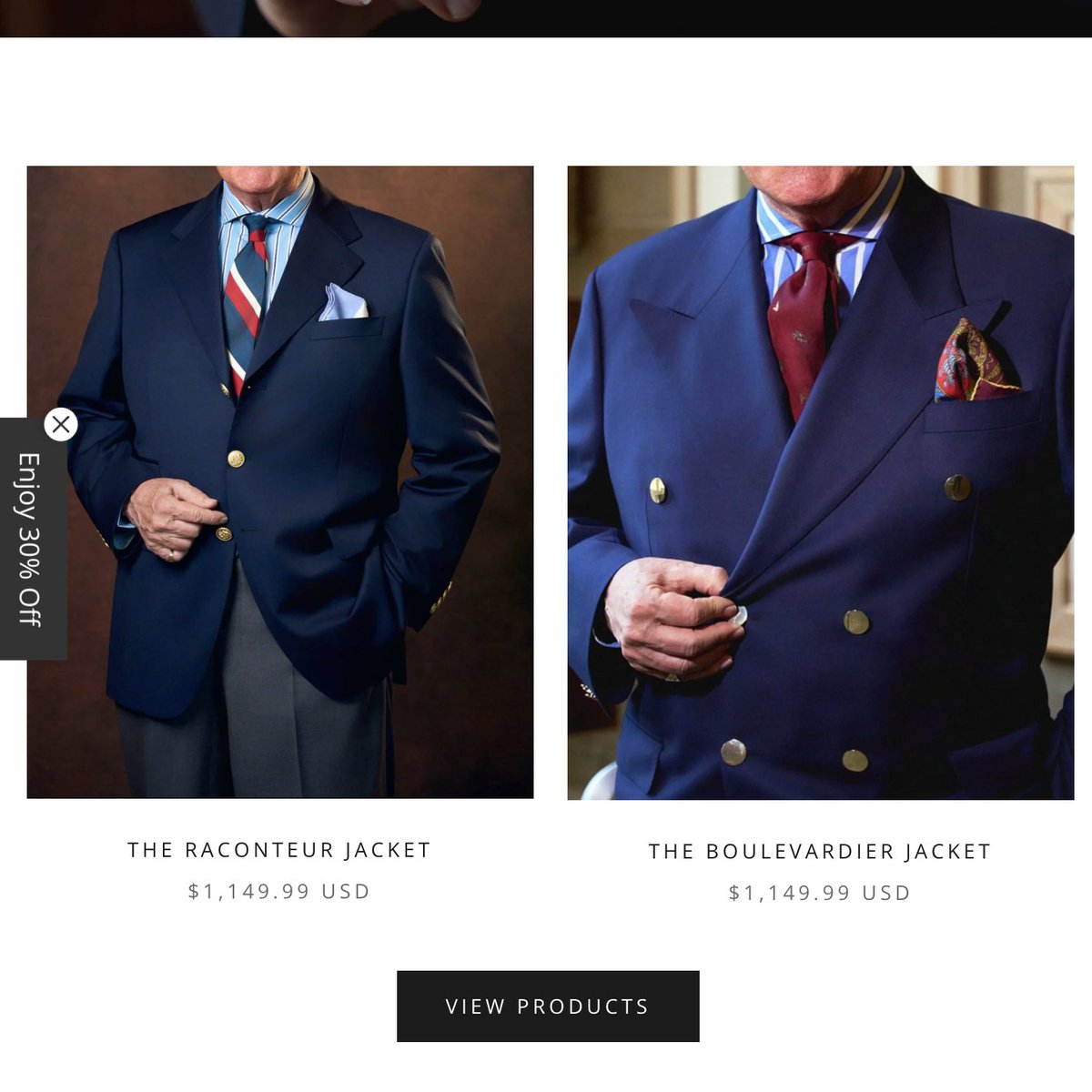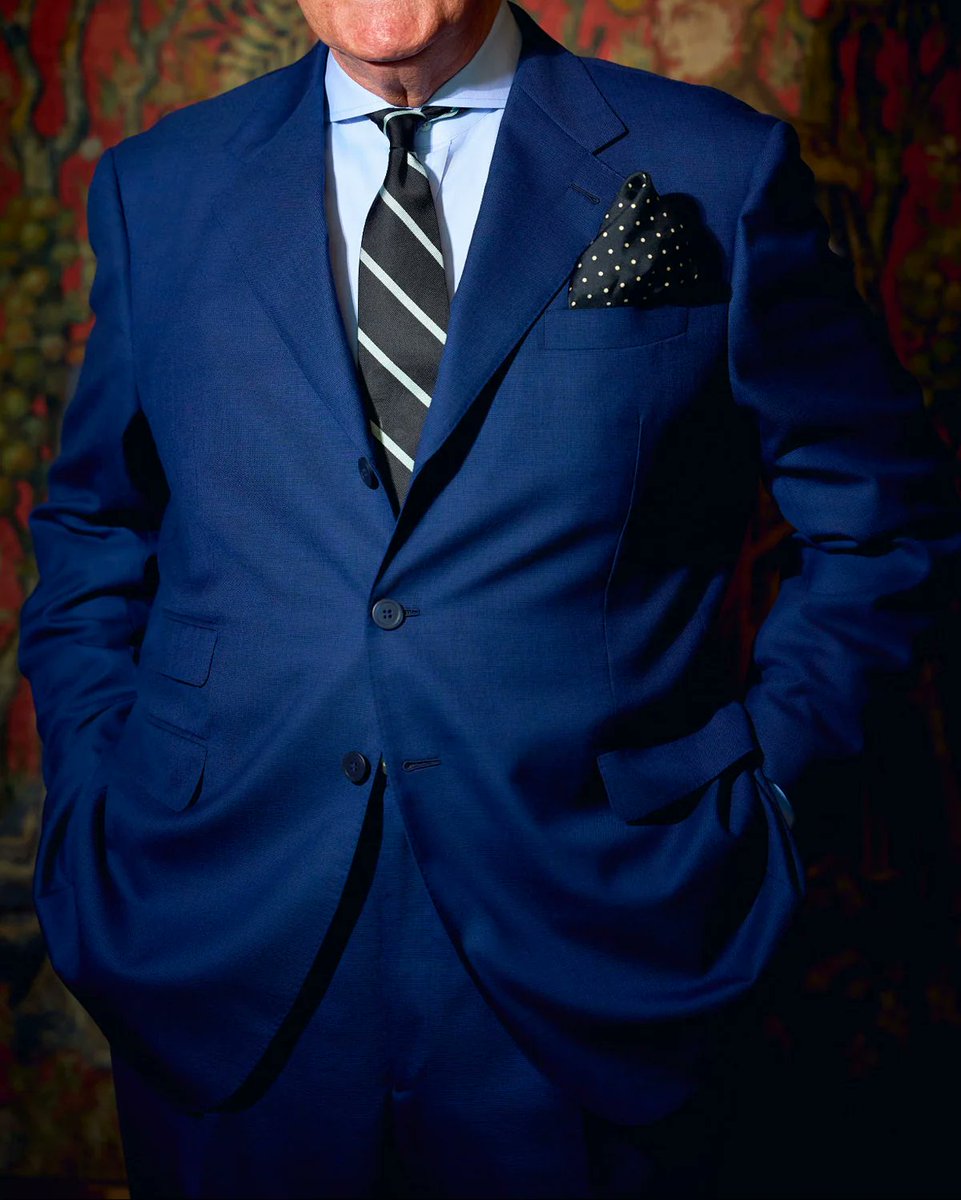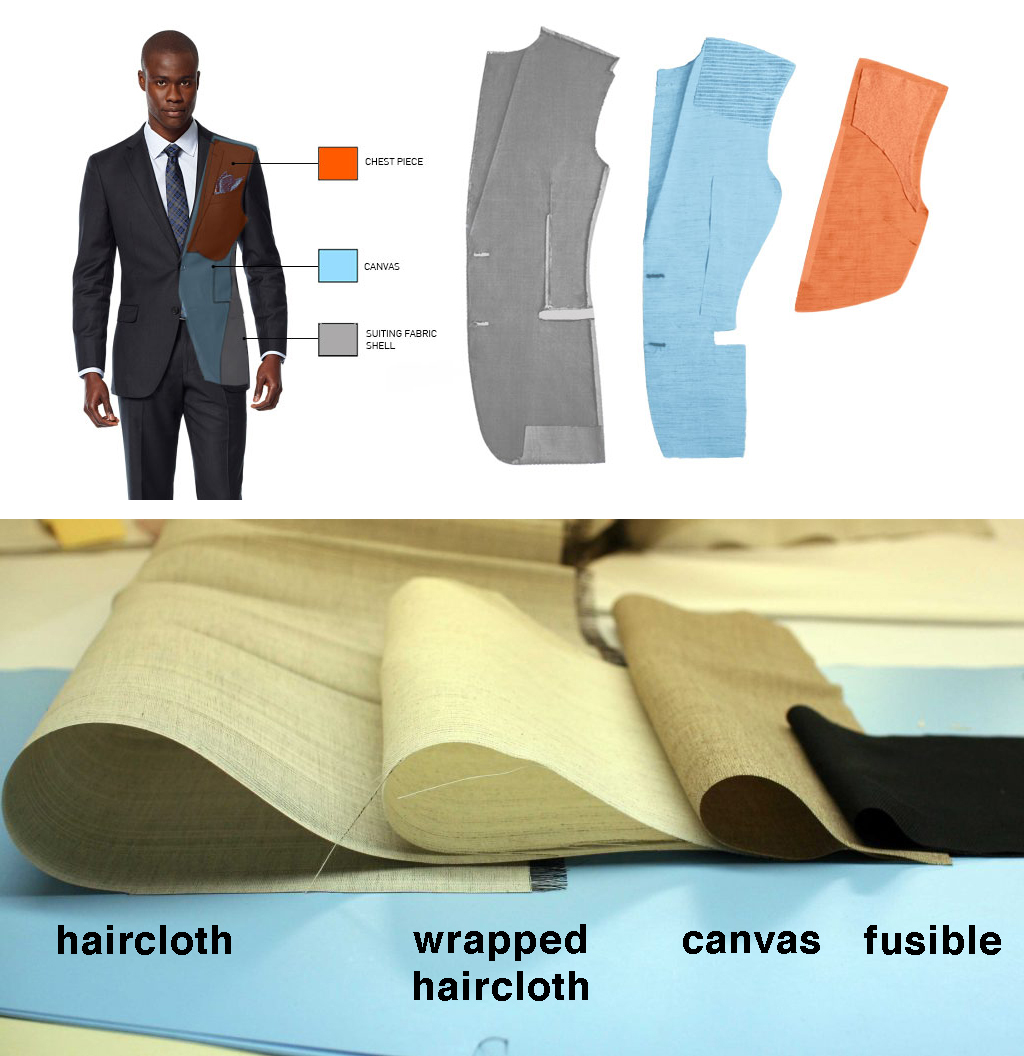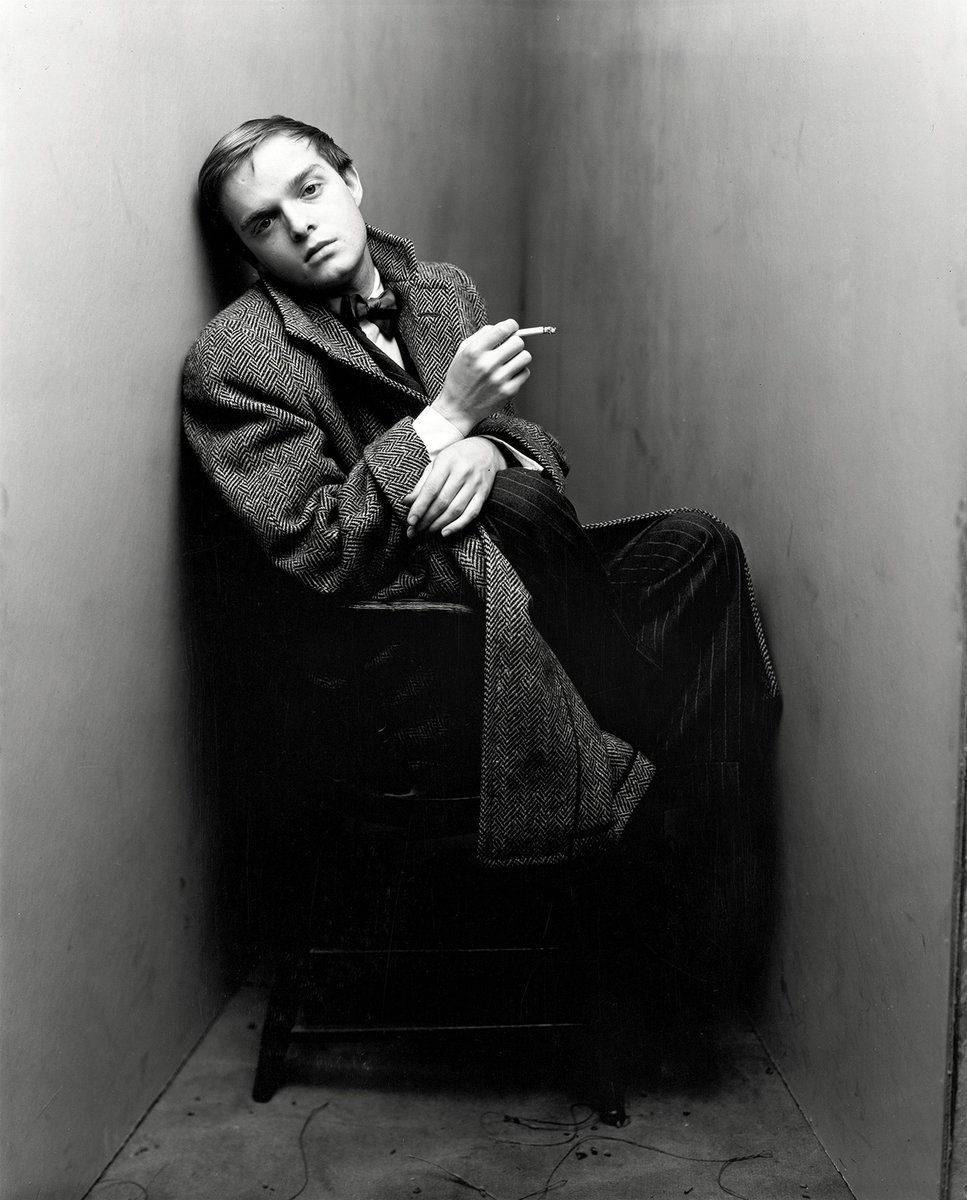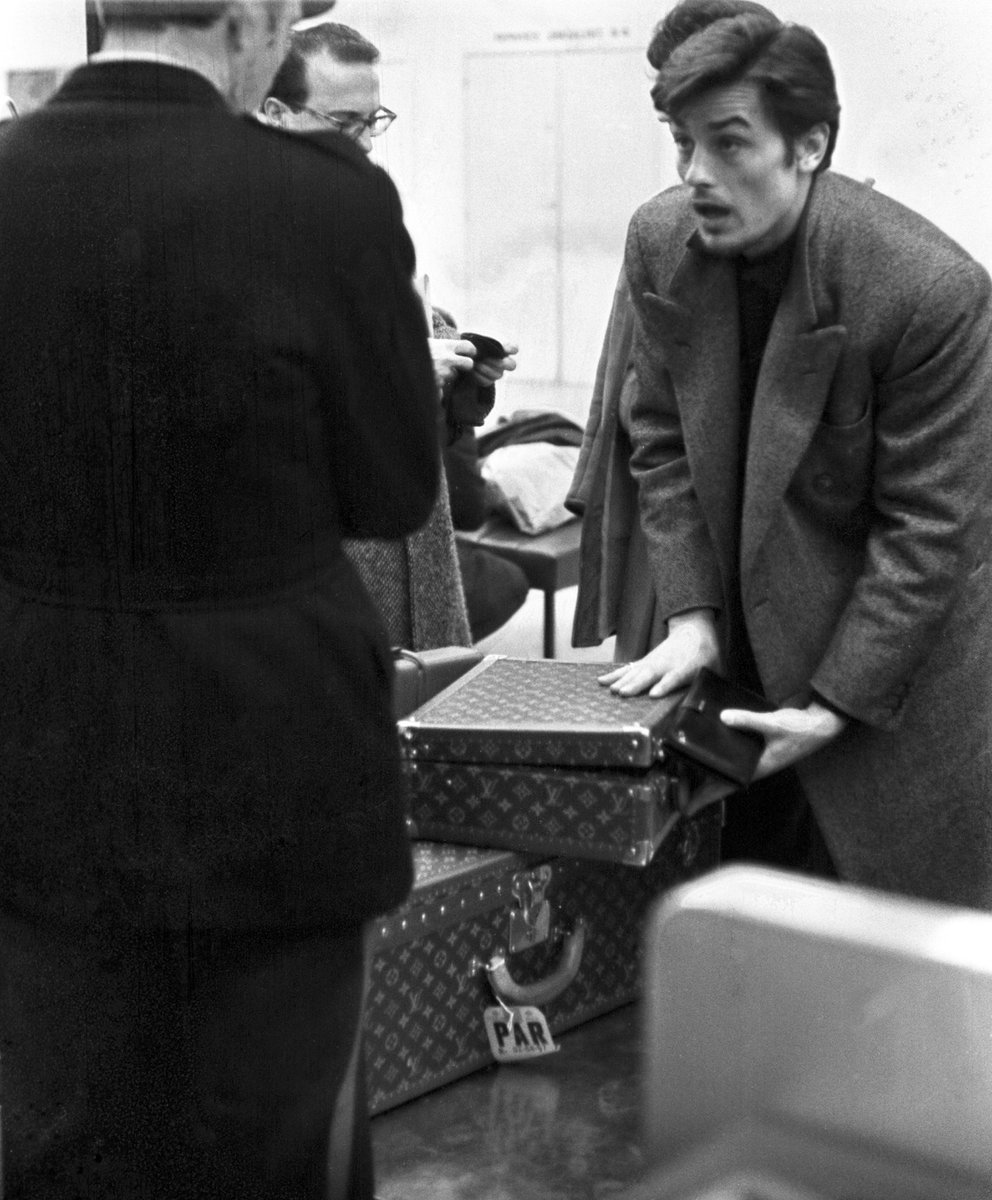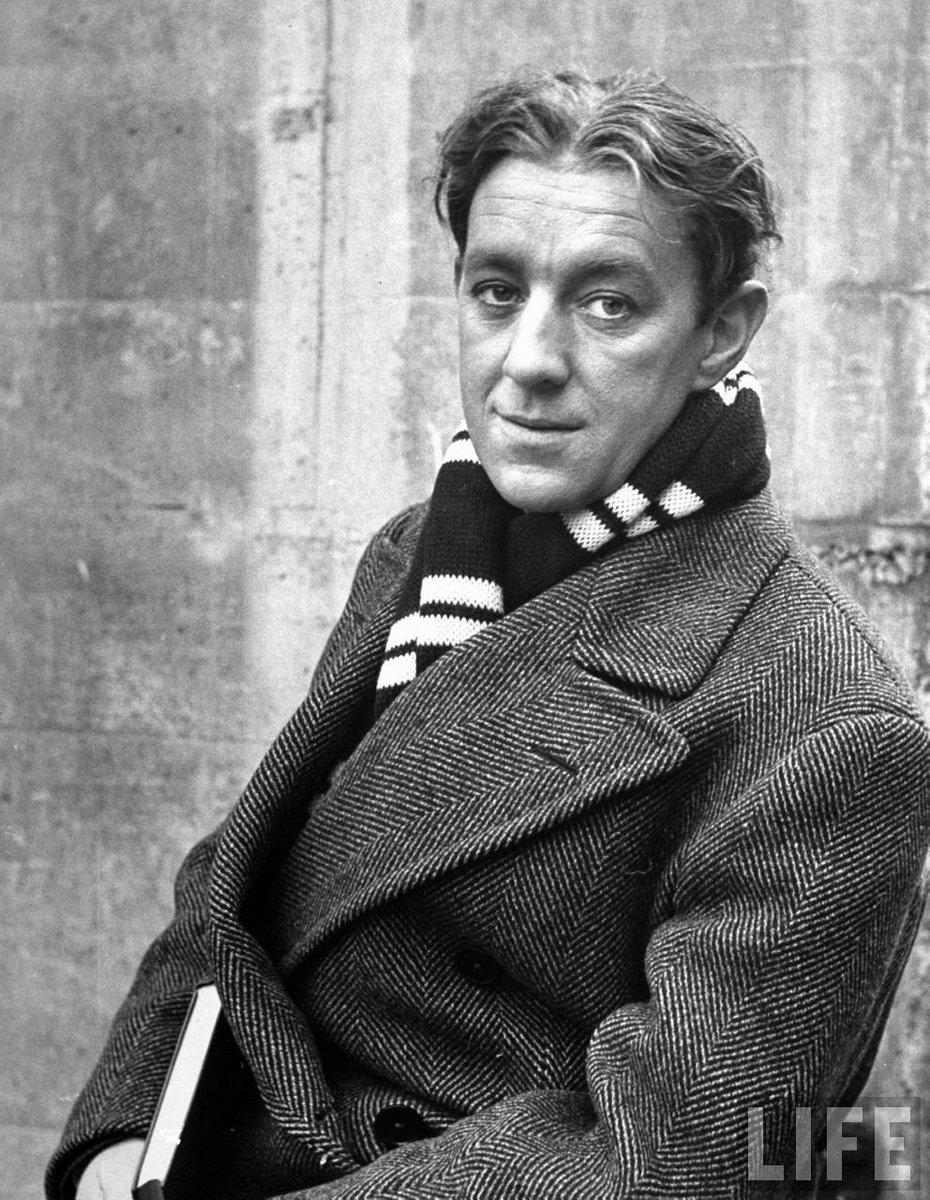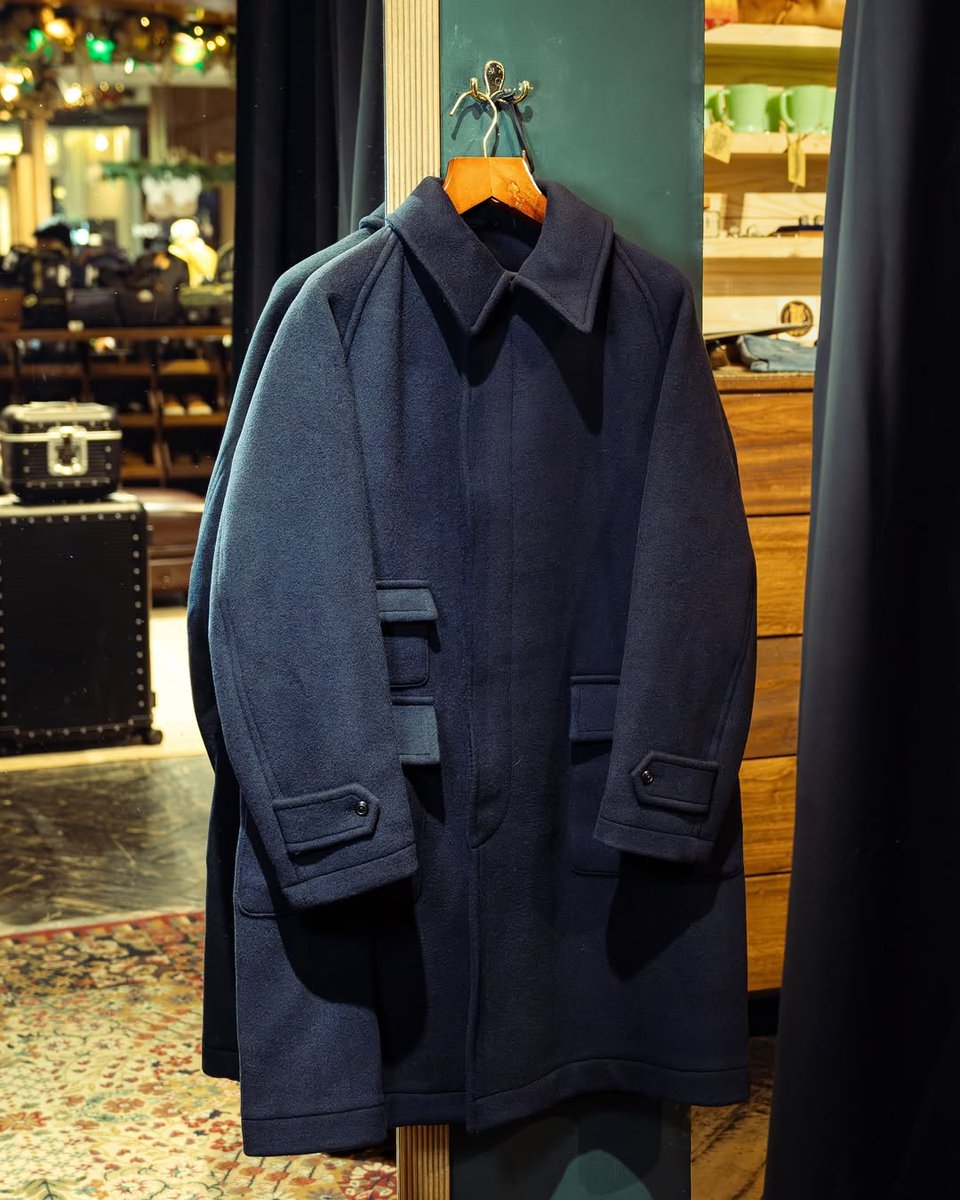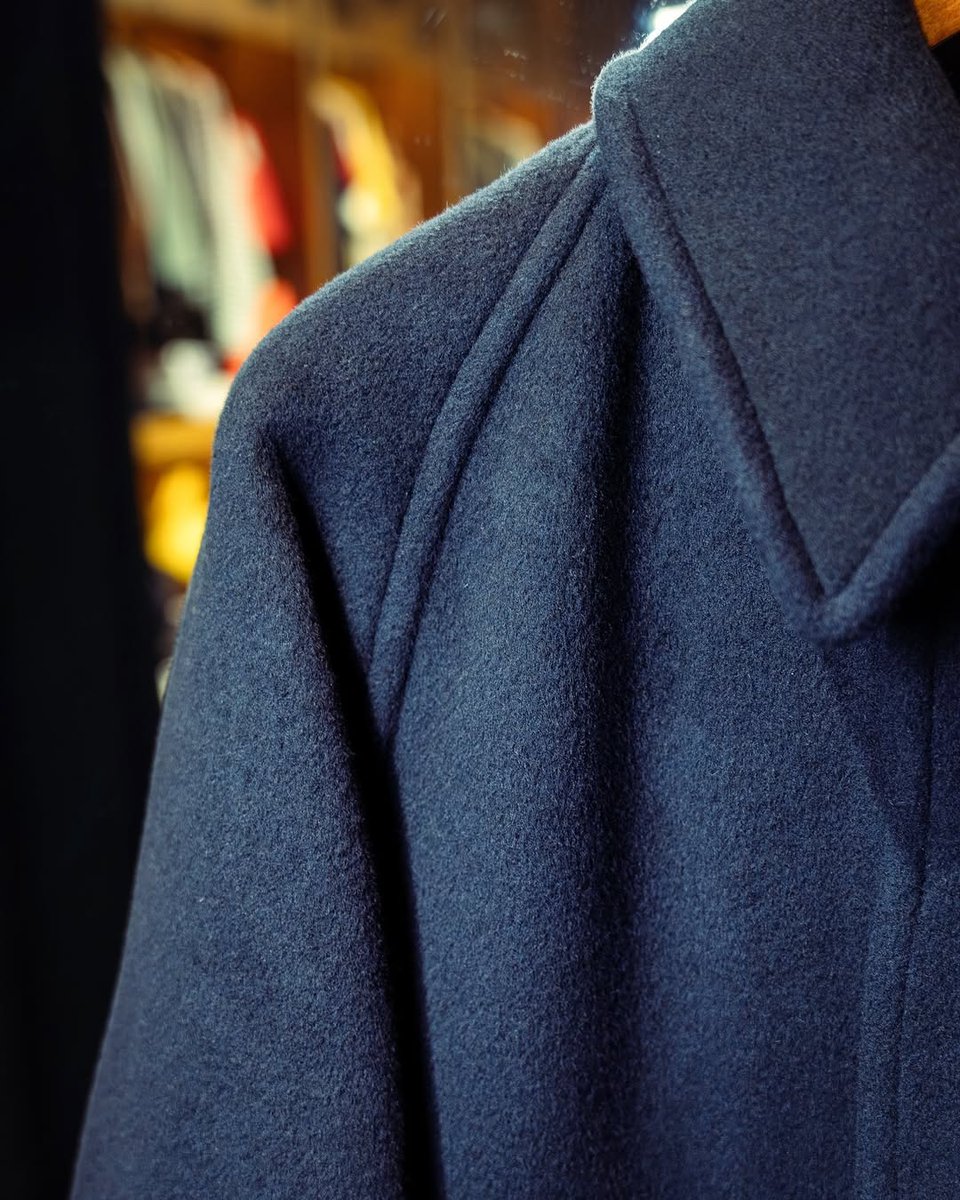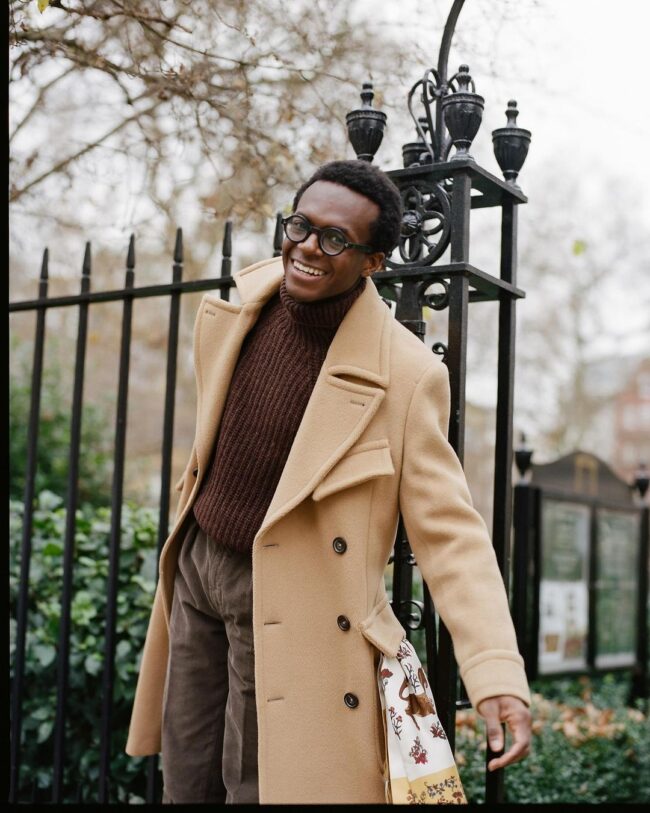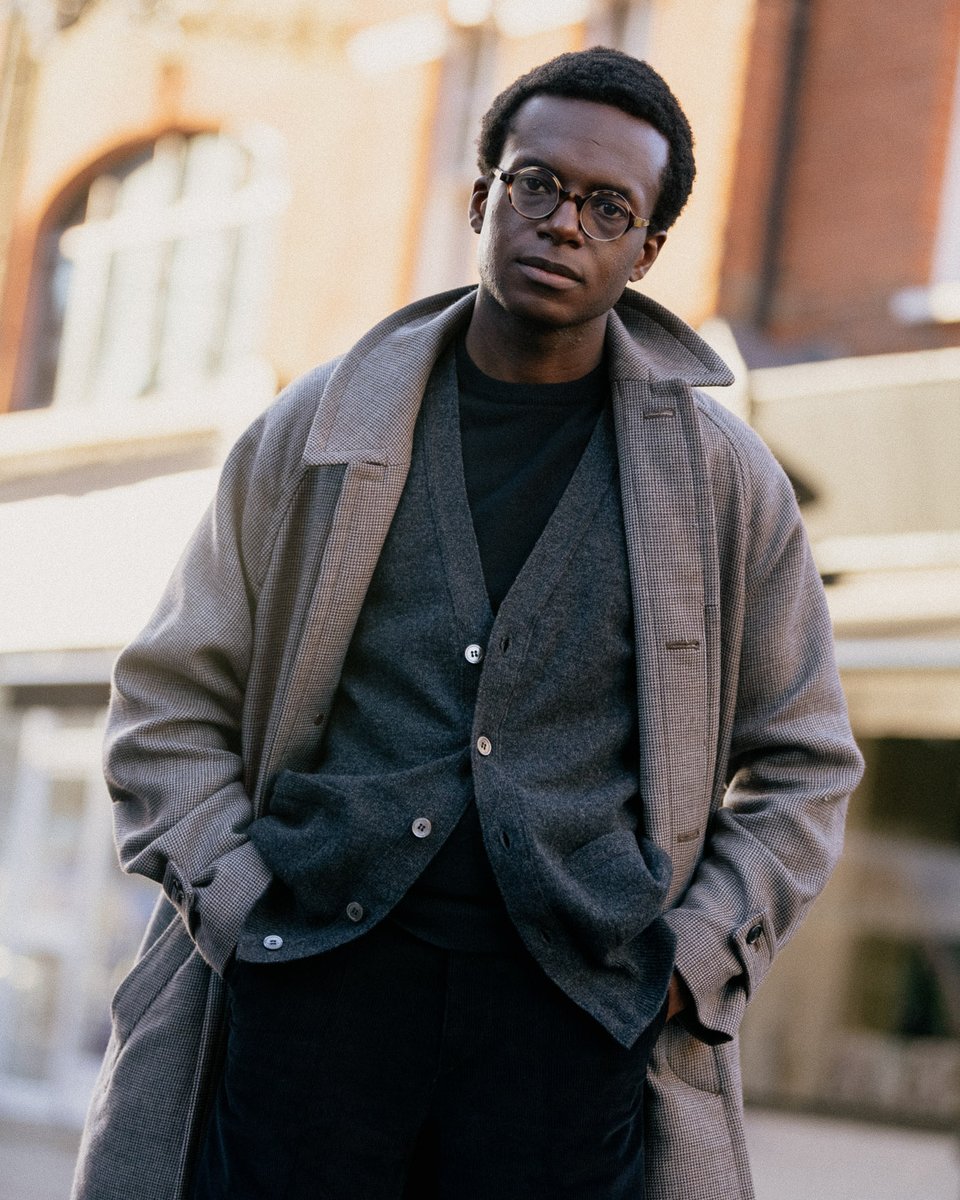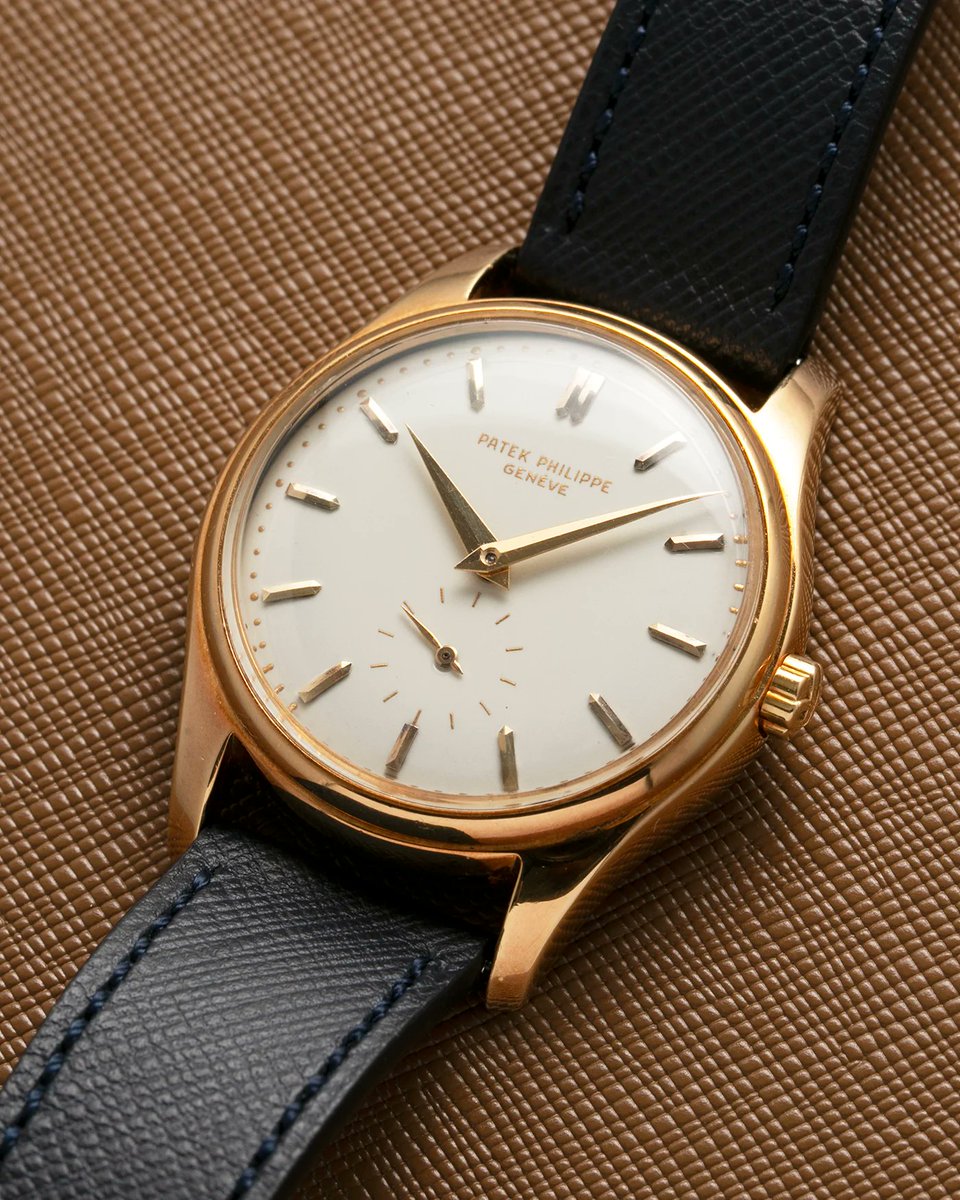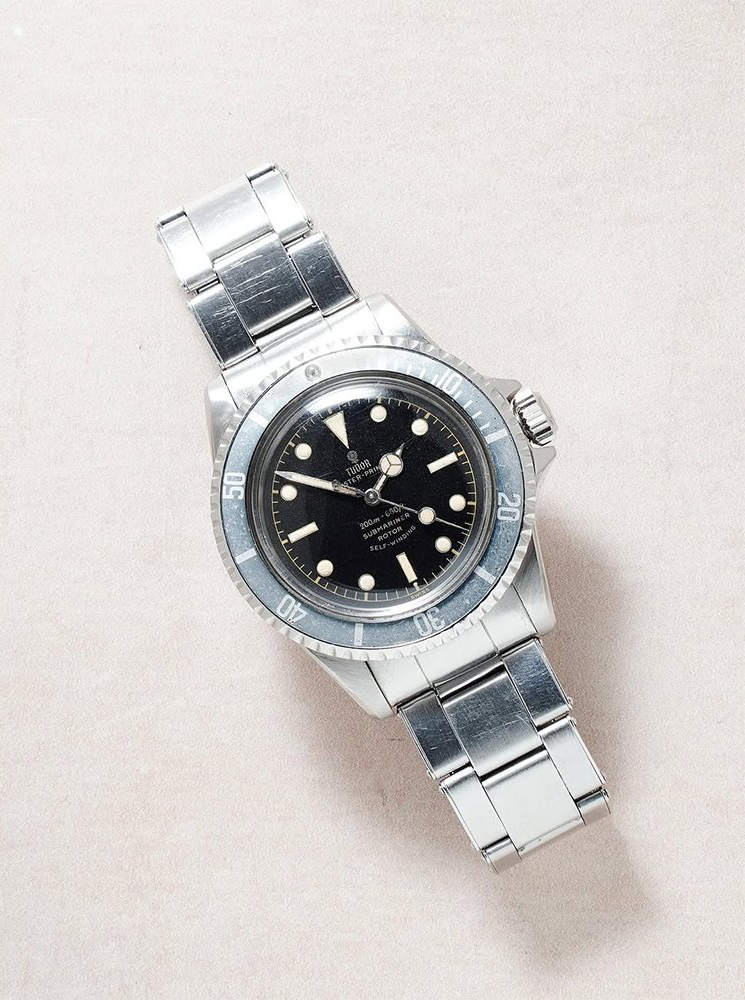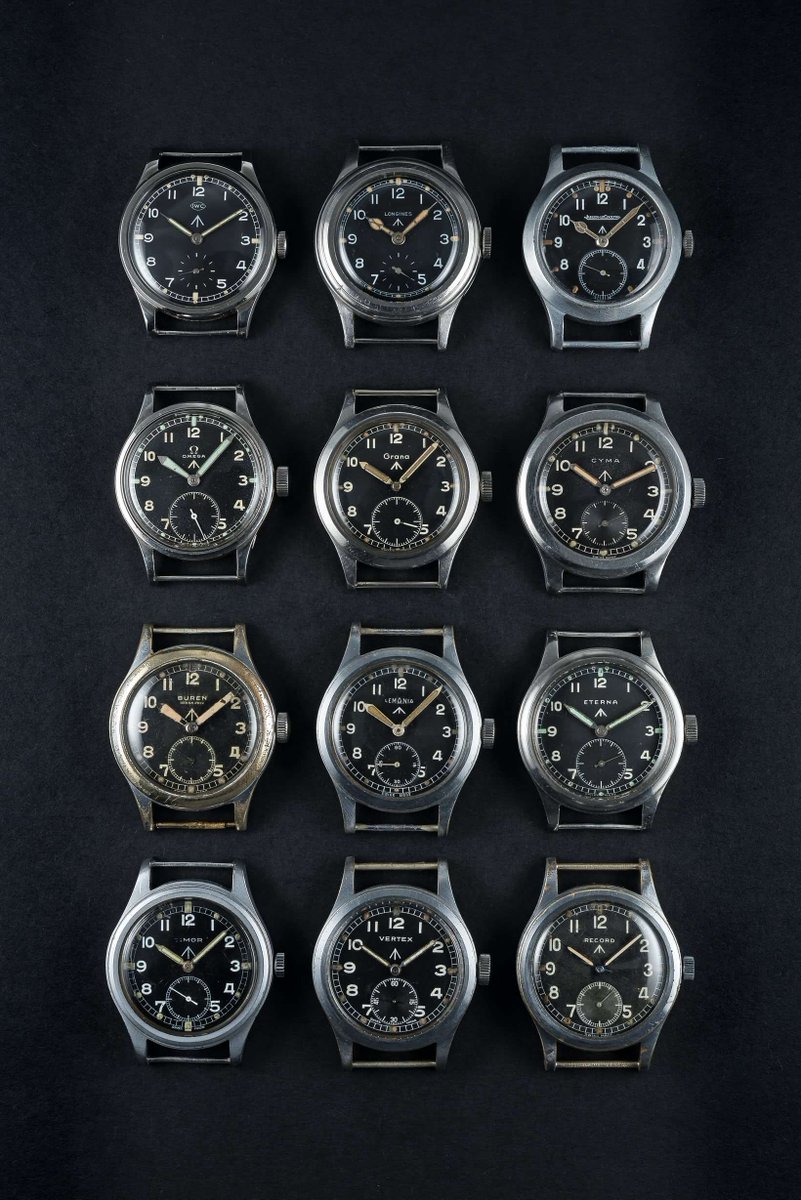Some people asked how can they dress more like this. So here are some thoughts. 🧵
https://twitter.com/dieworkwear/status/1740458481923264837
First, there are some immutable things about tailoring regarding fit. These are technical things—not having to do with style or silhouette, but just whether the clothes actually fit you. 

The jacket's collar should always stay seated on your neck, even when you move. In the first photo, the distance between the jacket's collar and Kimmel's neck is known as a collar gap. This is bad. Aim for the second photo. It should stay like this even as you shift around.




There are a bunch of technical things regarding fit that can be collapsed into the general advice: avoid pulling, wrinkles, and weird lines. Gaetz here is wearing a jacket that's far too trim. If you see the waist button pulling, your coat is too slim.




Lastly, get your trousers hemmed so they either have a single break or the hem is just grazing the top of your shoes. Get your sleeves hemmed so you're showing about a quarter inch of shirt cuff. It's shocking how often you see guys with fabric puddling around their ankles. 

This sets the groundwork for how a suit should fit in technical terms. The rest is about style—or the language of what a suit expresses. Tailoring has gone through many iterations in the last 150 or so years. Knowing that history can help you express what you want.
A lot of what you see in that original video draws from the 1970s. So we're talking big lapels, lower gorge (the seam that connects the collar to the lapel), big shirt collars, tiny belts, higher trouser rise, and sometimes a flared leg.




This is the opposite of what we've seen in the last 20 years, which is thin lapel, tiny shirt collar, trim pants, low rise, short jacket, etc. This look, which started with designers such as Hedi Slimane and Thom Browne, is now on Main Street.




This means you have to search for clothing made in the correct proportions if you want to channel that 1970s energy. One good starting place is Husbands Paris. They do ready-to-wear and made-to-measure.




If you can afford to spend a little more, check out Edward Sexton (Nina Penlington is now the firm's head cutter since Edward passed away) and Kyosuke Kunimoto (a Japanese tailor). Both are really good at doing this look.




Here is a video of Leon Bridges in velvet suit made for him by Kyosuke Kunimoto. Notice wide, slightly curved lapels (the curvature is known as a "belly") and taped edges. While fashion-forward, the collar still hugs his neck. This is the technical part of fit.
In the 1970s, suits were made from materials like wool gabardine and ribbed calvary twill. They were often made in dusty colors, such as taupe, making them look less "serious" and "business" than a navy worsted.




Start with an understanding of how materials/ colors were used, and then ask how you plan to use the suit. **Don't buy stuff just bc it looks cool.** Ask: How do I plan to use this suit? What's the season and time of day? This informs your choice.
OK, so we've nailed
1. How a suit should fit
2. What the proportions should be
3. What materials you might want to use
Let's move on to the rest.
1. How a suit should fit
2. What the proportions should be
3. What materials you might want to use
Let's move on to the rest.

If you're wearing a fashion-forward suit, you're prob wearing this to a non-business setting. So you prob want to dress this down. Try wearing it with a snap-button denim Western shirt, rayon shirt, camp collar shirt, long-sleeve polo, or a retro-style knit (like in the vid)




Bryceland's, Scott Fraser Simpson, Todd Snyder, Gitman Bros, and Proper Cloth can be helpful retailers here. If you want, you can try to splay the collar outside of the jacket, although I find some guys pull that off better than others. Experiment.








Next, get the right pair of shoes. Loafers—penny, tassel, or horsebit—will be a relatively low-risk purchase, as you can use those for other things in case you move from this style. You can also try Chelseas or side zip boots. Oxfords only with suits, please.



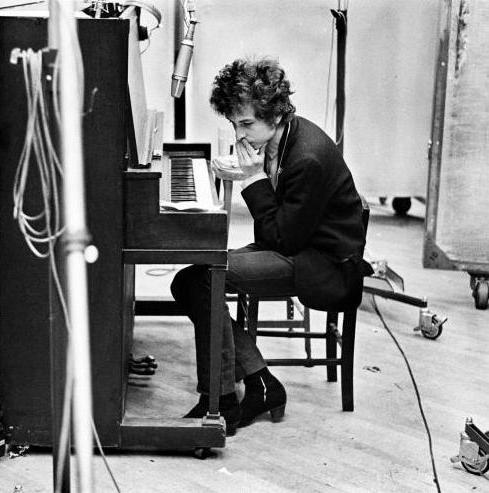
Finally, accessories. A thin gold chain and some large eyewear frames will give this look some umph. I like Jacques Marie Mage and Moscot's Shtarker for eyewear. Daniel Jewelry in Hialeah Gardens, Florida has nice gold chains.




Idea is to know some basic things about tailoring, then use proportions, materials, shirts, shoes, and accessories to express what you want. Even things traditionally seen as stodgy, such as a brass button double-breasted blazer, can be made to look cool, like IG ethanmwong here 

• • •
Missing some Tweet in this thread? You can try to
force a refresh


